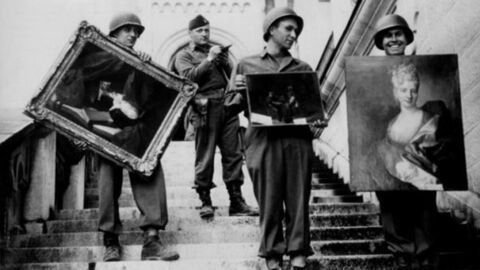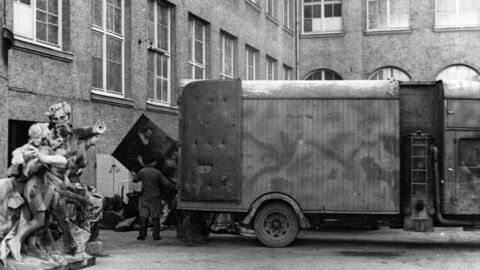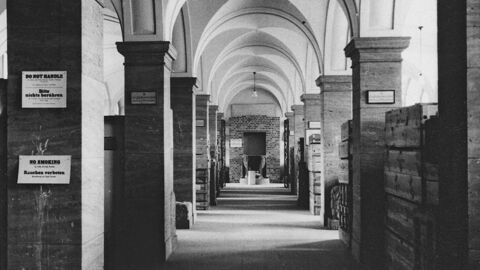The question as to the origin of objects in collections is an integral component of research into museums, libraries, archives, and the art market. Besides identifying art confiscated by the National Socialists, provenance research also serves to increase our knowledge of the history of collections and institutions and our understanding of the processes involved in the authentication, (value) attribution, manifestation, and appropriation of what are today defined as cultural assets. Provenance research has long been part and parcel of the methodology of art studies in investigating questions of attribution and authenticity, the contents of private and public collections, and the formation and development of the art market.
For some years, investigation into the previous ownership status of objects in collections has frequently led to revelation of their unlawful possession as looted assets. At the latest since the media focus on Kirchner’s “Berlin Street Scene” (2006) and the so-called “Schwabing art trove” (2013 ff.), the National Socialist theft of art and cultural assets in particular has drawn the attention of both experts and the general public.


